Jizzakh
Jizzakh
Jizzakh (or Dzizakh) has more history than it shows as it was a significant Silk Road junction and a trading post on the road connecting Samarkand with Fergana Valley. Anxious to control the valuable trade passing through, it was supported in turns by the Sogdians, the Arabs and the Bukharan Khanate. It is at the end of the “Golodnaya Steppe” translating as the hungry steppe and close to the strategic Pass of Jilanuti (Timur’s Gate) in the Turkestan Mountains, controlling the approach to the Zeravshan Valley and to Samarkand and Bukhara.
The name Jizzakh origins from the Sogdian word for “small fort” and the new city is built at the site of the Sogdian town of Osru-Shana (or Usrushana). During that time it was under the rule of ancient Sogdian city called Bunjikath which is present-day Panjakent in Tajikistan.

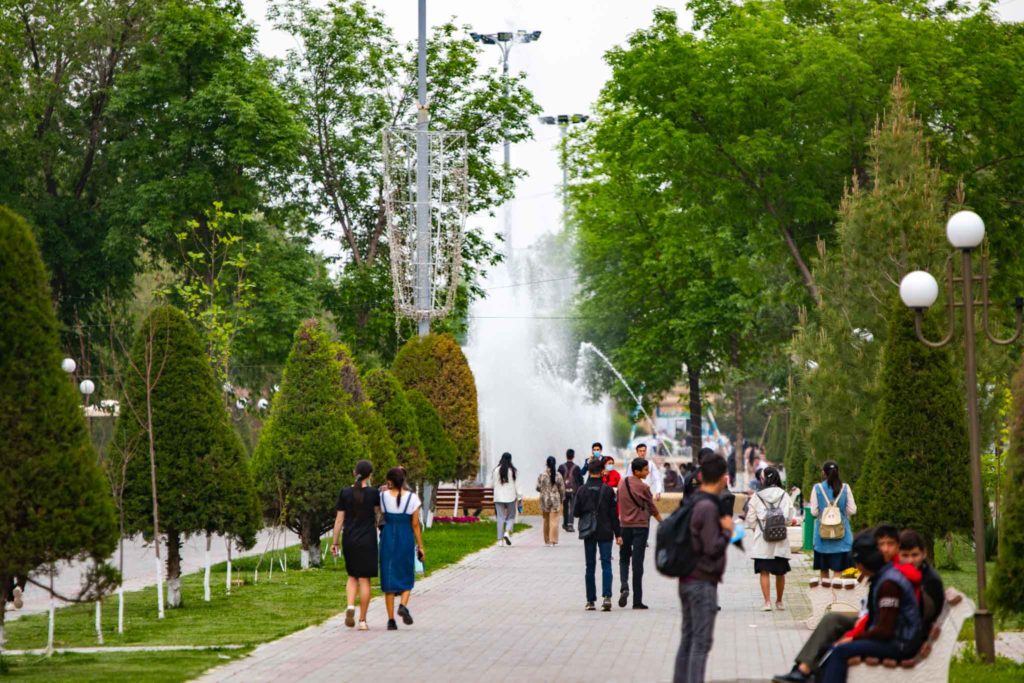
History of Jizzakh
Following the Arab conquest of Sogdiana, Jizzakh served as a market town between the nomadic people and settled farmers. Each required the other’s products, crops and clothing or meat and horses, but too often the nomads came for plunder rather than trade.
Consequently to counter those frequent attacks the Arabs built a series of rabats (blockhouses) at Jizzakh, housing volunteers that are known as ghazis (‘warriors for the faith’) to protect the people.
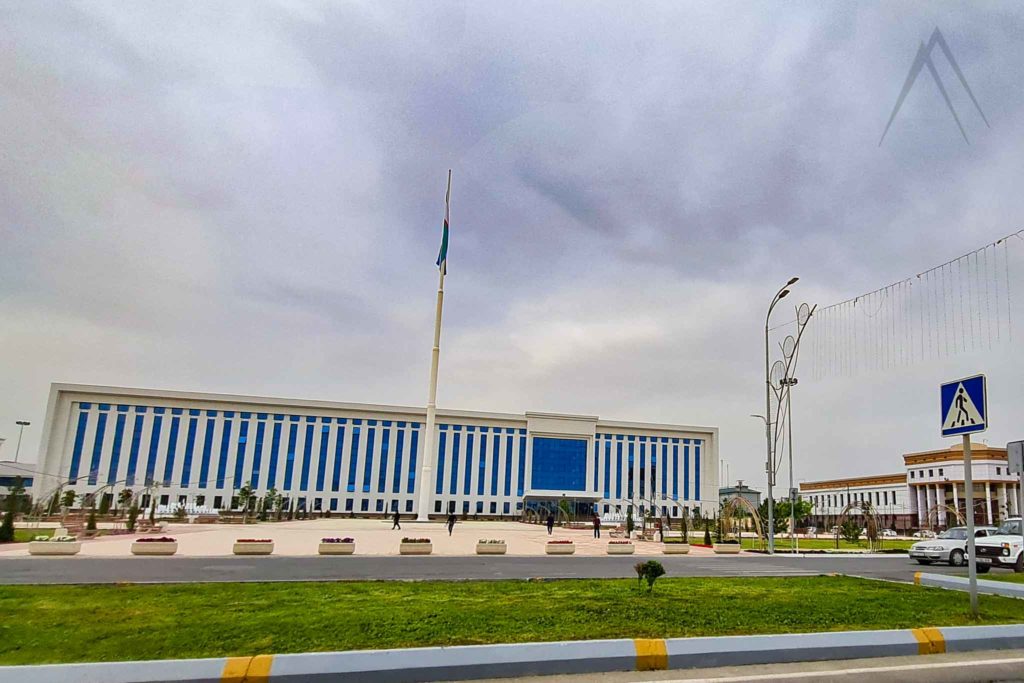

In the 19th century, these blockhouses had developed into a major fortresses for the Emirate of Bukhara. Russian General Mikhail Chernyayev, the “Lion of Tashkent” failed in his first attempt to take Jizzakh but only to succeed in his second try with the incomprehensive loss of only 6 men compared against 6000 dead for the defenders.
During the Russian conquest the old town was mostly destroyed, its remaining inhabitants evicted, and Russian settlers brought in. Colonialism brought the railway and a slackening of caravan trade.
In 1916, Jizzakh was the center of an anti-Russian uprising, which was quickly suppressed. In 1917, Jizzakh’s most famous native son, Sharof Rashidov, the future secretary of the Communist Party of Uzbekistan, was born. Today Jizzakh is tree-lined European style and sadly with almost nothing remaining of the pre-Rashidov era.
From a touristic perspective, Jizzakh is therefore more a base for day trips in the region. One can still spend half a day in the town and eat in the local style inexpensive restaurants as well as check out couple of museums.
Jizzakh Sights
Today Jizzakh is a standard mostly in 20th-century built industrial town. Residents claim Dzhizak was merely earth and sky before the Rashidov era when they say he even planned to make it the republican capital.
Tree-lined avenues presently mark a city empty of antique appeal, but one which offers a quietly industrial picture of contemporary Uzbek life.
The parks in the city are mostly fairly young meaning the trees are not that large yet but the parks are nevertheless built in the nice Uzbek style design mixed with some remnants of the Soviet style monumentalism.
Rashidov Square
Rashidov Square and the Rashidov Memorial Museum are both named in honor of Sharaf Rashidovich Rashidov despite his subsequent fall from favor. At the center of Rashidov Square, there is a Rashidov’s bust and a Rashidov Garden near to decaying oversized Hotel Uzbekistan. Rashidov Garden is starring a chaikhana and a two-storeyed madrassah founded in 1890 but it was used as a theatre in Rashidov’s time. Independence returned it back to religious practice.
Nearby is Rashidov’s school and a little further up Sharaf Rashidov Street, is the Sharaf Rashidov Memorial Museum, bursting with memorabilia from peasant childhood to Soviet statehood. Photos, paintings, embroideries and ceramics tell the official story. Pride of place goes to a stuffed crocodile presented by an admiring Fidel Castro.
Sharof Rashidov Memorial Museum
Sharaf Rashidovich Rashidov (1917 – 1983) was a Communist Party leader in the Uzbek SSR and a CPSU Central Committee Politburo candidate member between 1961 and 1983.
He was born the day before the Russian Revolution to a poor peasant family in Jizzakh, Uzbekistan. Later Sharaf Rashidov worked as a teacher, journalist and editor for a Samarkand newspaper. He returned home in 1942 with wounds suffered on the German front in World War 2. He became head of the Uzbekistan Writers Union in 1949 and was elected to the post of Chairman of the Praesidium of the Uzbek Supreme Soviet in 1950. In 1959, he became First Secretary of the Uzbek Communist Party, a post he held to his death in 1983.
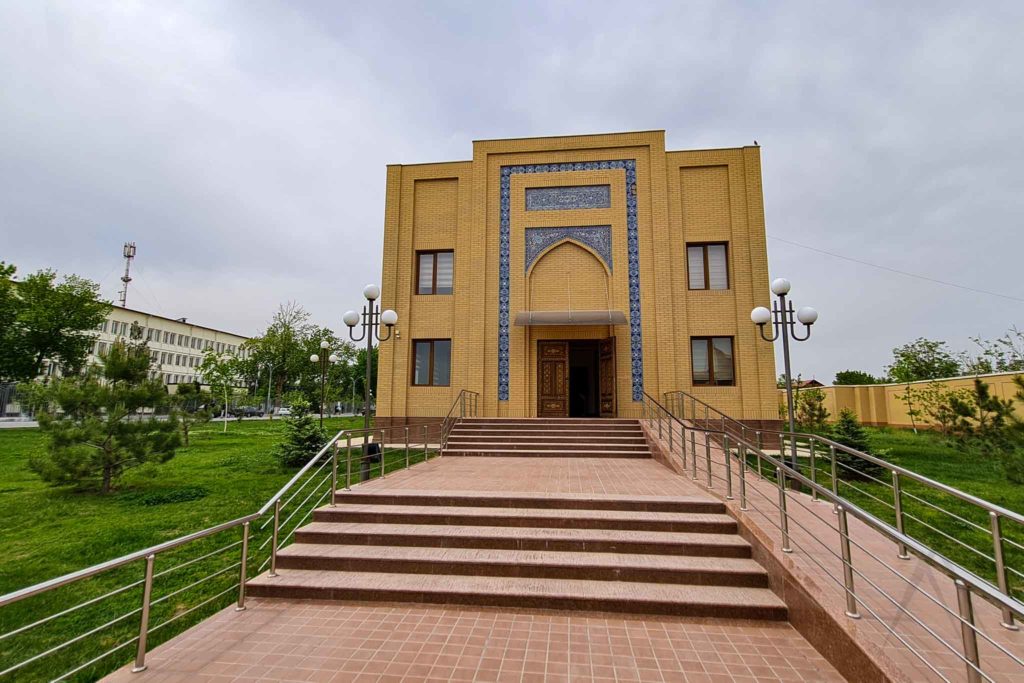
Museum of Hamid Olimjon and Zulfiya
Hamid Olimjon and Zulfiya are two great poets of Uzbekistan. Hamid Olimjon was an Uzbek poet, playwright, scholar, and literary translator of the Soviet time. Hamid Olimjon is recognized as one of the finest twentieth-century Uzbek poets and the Uzbek Soviet Encyclopedia calls him “one of the founders of Uzbek Soviet literature”.
In addition to writing his own poetry, Hamid Olimjon translated the works of many famous foreign authors, such as Alexander Pushkin, Leo Tolstoy, Maxim Gorky, Vladimir Mayakovsky, Taras Shevchenko, and Mikhail Lermontov into the Uzbek language. Hamid Olimjon was married to the renowned Uzbek poet Zulfiya.

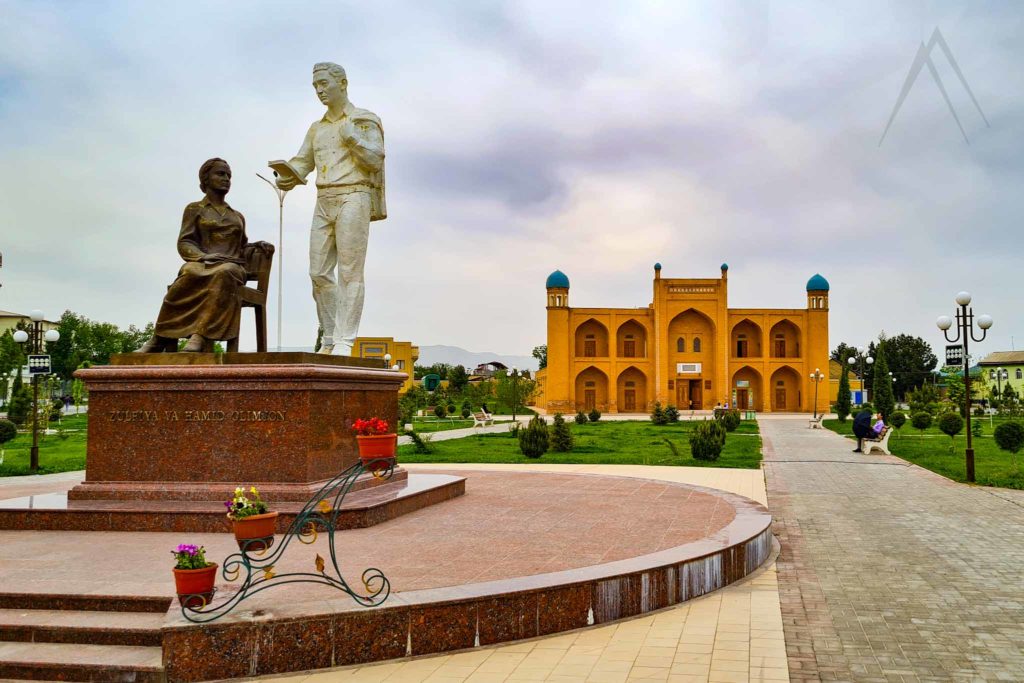
Zulfiya Isroilova, known by her pen name Zulfiya was an Uzbek writer. Zulfiya worked for various publishers and was a member of several national and interrepublican organizations. She repeatedly was a leader or chief editor for various media.
After the death of her husband Hamid Olimjon in an accident in 1944, she dedicated to him several works. In 1953 she joined the Communist Party and also became the editor of Saodat magazine. In 1999, the Uzbek National Award for Women was created and named after her. In 2008, a statue in her memory was unveiled in Tashkent.

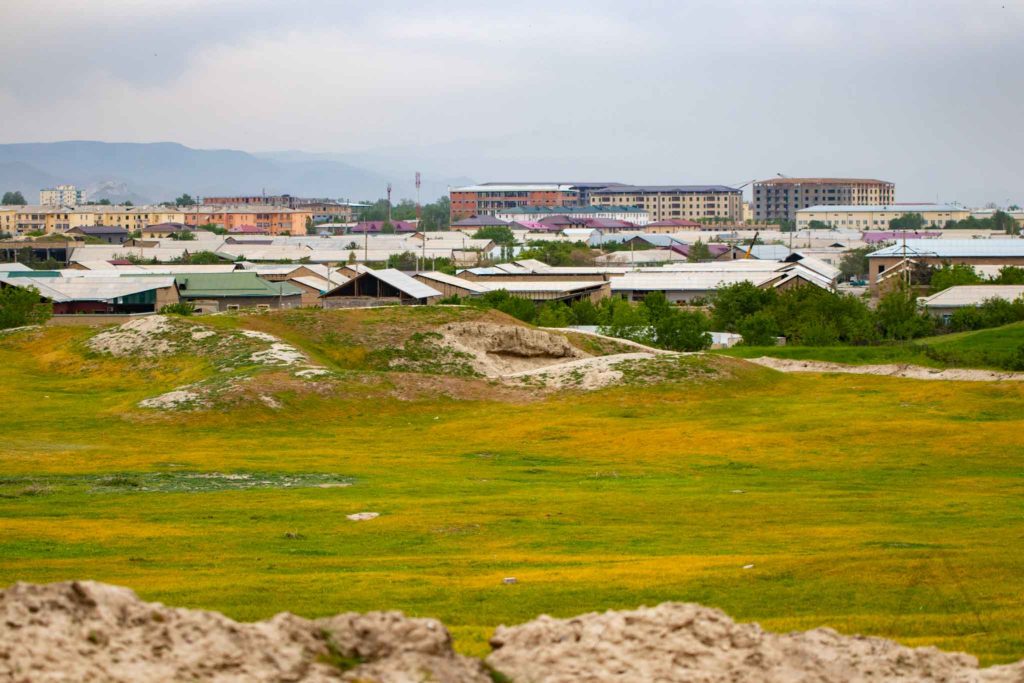
Outskirts of Jizzakh
Khanbandi Dam
Khanbandi Dam is the oldest surviving dam in Uzbekistan. It stands near the village of Band in the Farish district of the Jizzakh region. The experts who conducted the research noted that there is no written evidence about the exact date of the construction of the dam. Since 1973 the dam has been under state protection as a monument of the republican category.
The length of the dam at the top is more than 50 m and at the bottom 24 m with a height of more than 15 m. The dam is built with hewn granite slabs on a special waterproof mortar. The dam undoubtedly testifies to the fact that the hydraulic engineers of Maverannahr were able to take into account the law of pressure of liquids, called Pascal’s law that were formulated only in the 17th century.
Timur's Gate & Zaamin National Park
Two of the most popular attractions in the region and a reason for visiting Jizzakh are the Timur Darvaza (Timur’s Gates or the iron gates) in the Nuratau mountains and Zaamin national park. Timur’s Gates mark the narrow opening to the Zarafshan Mountains has entered the Nurata mountain chain.
The Zaamin National Park is located 75 km southeast of Dzhizak, along with an uninspiring road that traverses a dusty steppe and former collective farms before taking a last-minute turn up into the rolling hills and snow-capped mountains that mark the border with Tajikistan.
Destinations and Sights near Jizzakh
Page updated 25.4.2022